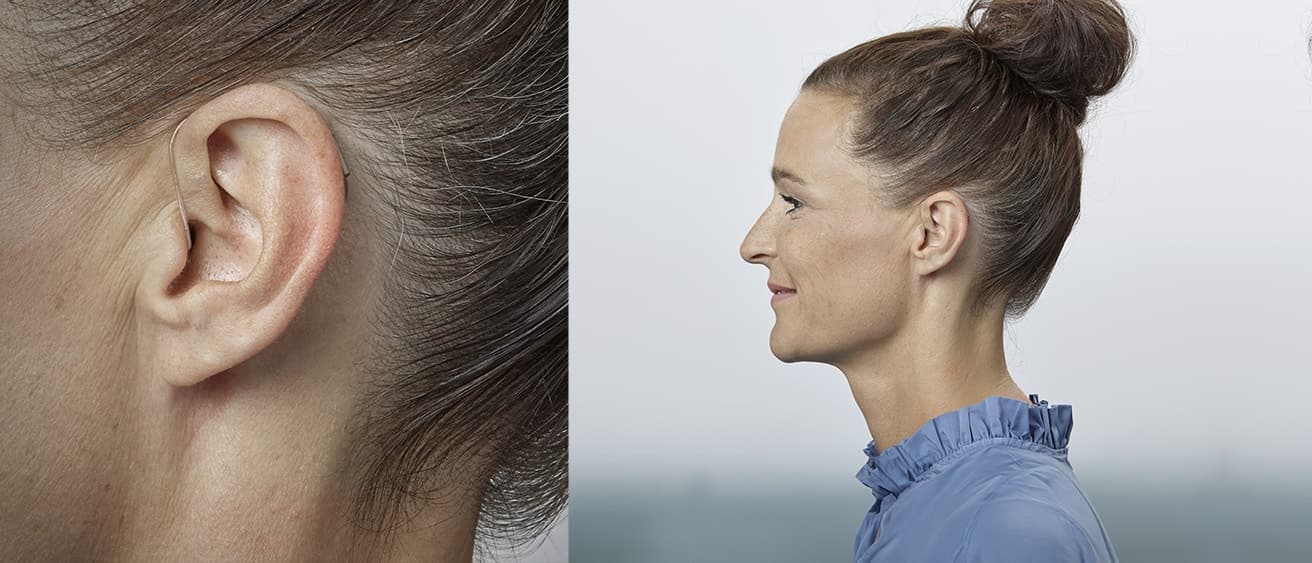Easy to use and comfortable to wear
Hearing aids that sit behind your ears are simple to put on and take off, so they fit easily into your daily life. You’ll find many different behind-the-ear styles to choose from.

Small and surprisingly discreet
Modern hearing aids hide behind your ears and are made to blend in with your skin or hair colour so other people needn’t notice you have them at all.

Simply connect to what matters most
Oticon behind-the-ear hearing aids connect effortlessly via Bluetooth® wireless technology or an accessory to compatible devices such as your phone, computer, and TV. Then you can use your compatible hearing aids as a headset for hands-free calls, stream music, podcasts and other audio into your hearing aids, personalise your hearing aids with the Oticon Companion app, and more.